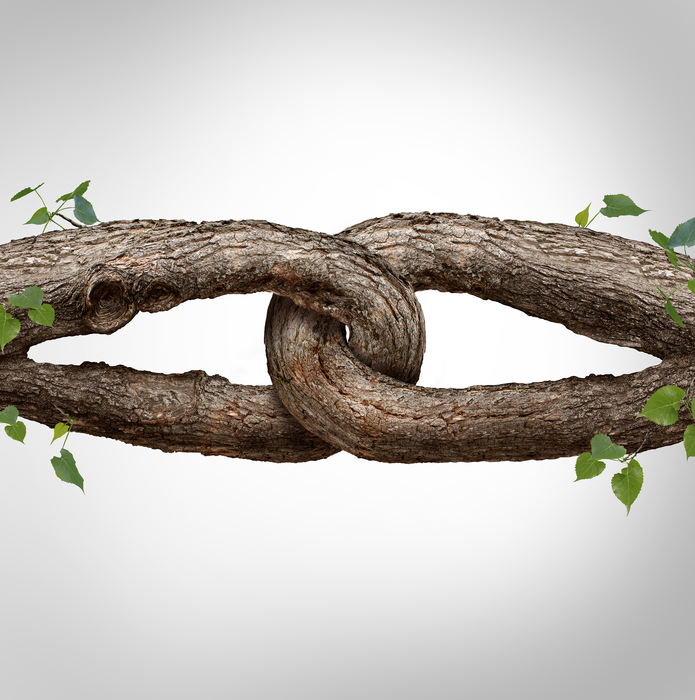
The Human Side of Mergers & Acquisitions
Mergers and acquisitions is the area of corporate financial matters—strategies dealing with buying and/or joining with other companies and businesses. When two organizations join together to become a new organization it is called a merger, which often ends up with a new name. “Acquisition” is when one company will stay in business and the acquired company will be united into the acquiring company. The acquired company will no longer exist after the merger. When one company merges or acquires another, this is usually in a company’s financial interest.
A key word in the process of merging and acquiring within a company would be “change”. Employees are not too keen on change as “change” has different possibilities. Thus, there is maximum impact on the human side of the companies.
Company Identity and Culture
The HR department of a company helps to influence whether the cultures of the two (or more) companies that become one through a merger or acquisition are in fact, compatible with each other. The HR team should keep an eye out on the culture of the company and at the same time, learn the other company’s culture, so that a predetermined and compatible culture can be maintained. Company cultures vary, which may effect how the employees feel. Such differences in culture include aspects such as: benefits employees have, insurance, rewards and even how problems are handled within an organization. Management style of the two companies will always have differences; this is where the HR team can gain an understanding of a “common ground” for it to unite the differences.
Employee and Staff
As stated above, employees are not keen on “change”. They do not like the feeling of uncertainty as it can lead to many different possibilities and outcomes, which might not be in their favour. When companies merge, a lot of people will have to adapt to changes that are new. The HR team can make it easier for employees to change. Once employees adapt to the different system introduced, they can eventually adapt to the company culture that has been established more easily, productivity is more likely to be at a high. A good way to keep track of employees feelings and opinions is to always “get to know them”. Having meetings, presentations, workshops, or simply explaining new features on newsletters is already a good way to help employees get over the initial change.
Certain failures that the HR of the company needs to look out for in mergers and acquisitions would be: unrealistic expectations, company cultural clashes. When merging or acquiring, companies tend to focus mostly on the financial/economic aspects of the deal. While this is the base of the actual deal, the role of employees should not be overlooked. The HR departments of companies need to treat the role employees play in a company carefully as it can be a key aspect of any merger. Keeping this in mind, a well-prepared company may lessen the possibility of future problems or conflicts that could arise due to a merger or acquisition.
By: Brodie Bavidge
